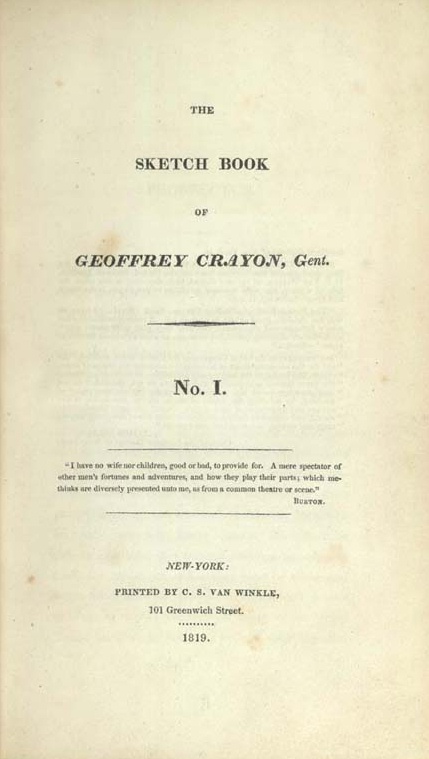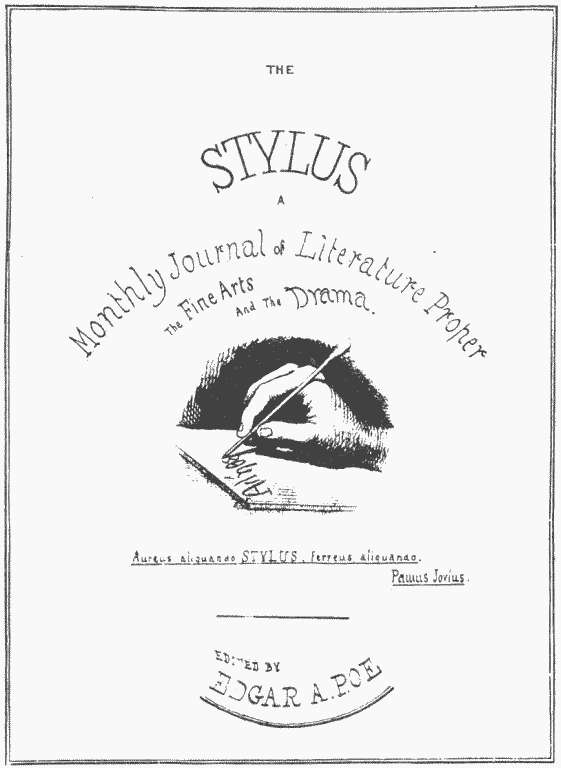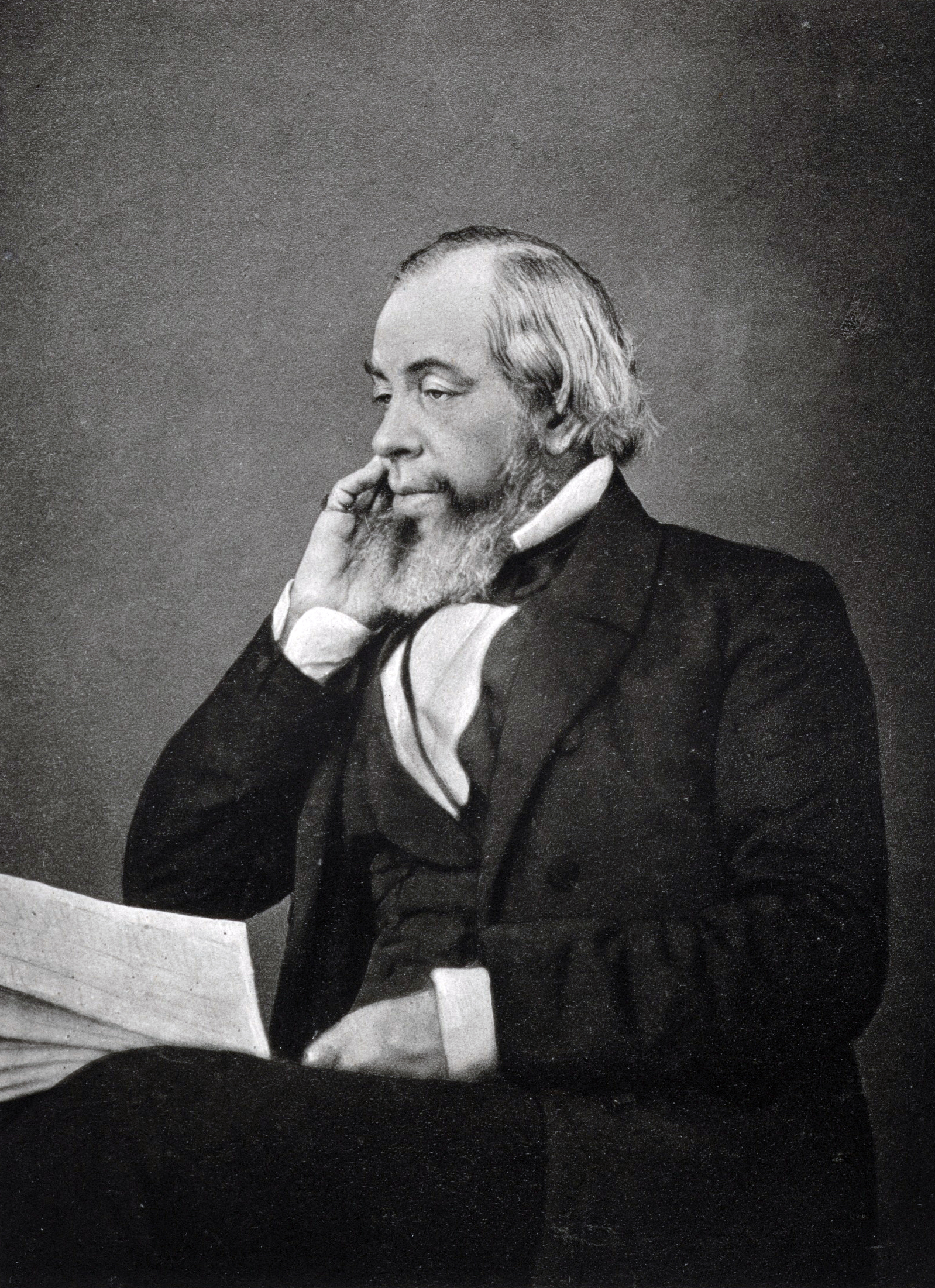|
F. O. C. Darley
Felix Octavius Carr ("F. O. C.") Darley (June 23, 1822 – March 27, 1888) was an American illustrator, known for his illustrations in works by well-known 19th-century authors, including James Fenimore Cooper, Charles Dickens, Mary Mapes Dodge, Nathaniel Hawthorne, Washington Irving, George Lippard, Henry Wadsworth Longfellow, Donald Grant Mitchell, Clement Clarke Moore, Francis Parkman, Harriet Beecher Stowe and Nathaniel Parker Willis. Biography Darley was born on June 23, 1822, in Philadelphia, Pennsylvania. Darley was a self-taught and prolific artist who started out as a staff artist for a Philadelphia publishing company, where he was given a wide variety of assignments. He later moved to New York City, and his work began to appear in magazines such as ''Harper's Weekly'' and in books by various publishers. Darley made 500 drawings for Benson John Lossing's ''History of the United States''. Among his lithographic illustrations are those for Washington Irving's "The Legend ... [...More Info...] [...Related Items...] OR: [Wikipedia] [Google] [Baidu] |
Philadelphia
Philadelphia, often called Philly, is the largest city in the Commonwealth of Pennsylvania, the sixth-largest city in the U.S., the second-largest city in both the Northeast megalopolis and Mid-Atlantic regions after New York City. Since 1854, the city has been coextensive with Philadelphia County, the most populous county in Pennsylvania and the urban core of the Delaware Valley, the nation's seventh-largest and one of world's largest metropolitan regions, with 6.245 million residents . The city's population at the 2020 census was 1,603,797, and over 56 million people live within of Philadelphia. Philadelphia was founded in 1682 by William Penn, an English Quaker. The city served as capital of the Pennsylvania Colony during the British colonial era and went on to play a historic and vital role as the central meeting place for the nation's founding fathers whose plans and actions in Philadelphia ultimately inspired the American Revolution and the nation's inde ... [...More Info...] [...Related Items...] OR: [Wikipedia] [Google] [Baidu] |
National Academy Of Design
The National Academy of Design is an honorary association of American artists, founded in New York City in 1825 by Samuel Morse, Asher Durand, Thomas Cole, Martin E. Thompson, Charles Cushing Wright, Ithiel Town, and others "to promote the fine arts in America through instruction and exhibition." Membership is limited to 450 American artists and architects, who are elected by their peers on the basis of recognized excellence. History The original founders of the National Academy of Design were students of the American Academy of the Fine Arts. However, by 1825 the students of the American Academy felt a lack of support for teaching from the academy, its board composed of merchants, lawyers, and physicians, and from its unsympathetic president, the painter John Trumbull. Samuel Morse and other students set about forming "the drawing association", to meet several times each week for the study of the art of design. Still, the association was viewed as a dependent organization ... [...More Info...] [...Related Items...] OR: [Wikipedia] [Google] [Baidu] |
The Sketch Book Of Geoffrey Crayon, Gent
''The'' () is a grammatical article in English, denoting persons or things already mentioned, under discussion, implied or otherwise presumed familiar to listeners, readers, or speakers. It is the definite article in English. ''The'' is the most frequently used word in the English language; studies and analyses of texts have found it to account for seven percent of all printed English-language words. It is derived from gendered articles in Old English which combined in Middle English and now has a single form used with pronouns of any gender. The word can be used with both singular and plural nouns, and with a noun that starts with any letter. This is different from many other languages, which have different forms of the definite article for different genders or numbers. Pronunciation In most dialects, "the" is pronounced as (with the voiced dental fricative followed by a schwa) when followed by a consonant sound, and as (homophone of pronoun ''thee'') when followed by a v ... [...More Info...] [...Related Items...] OR: [Wikipedia] [Google] [Baidu] |
American Art-Union
The American Art-Union (1839–1851) was a subscription-based organization whose goal was to enlighten and educate an American public to a national art, while providing a support system for the viewing and sales of art “executed by artists in the United States or by American artists abroad." Art unions had been popular since the early 19th century in Europe; they first appeared in Switzerland, gaining great popularity in both Germany and the United Kingdom in the 1830s. It was the British version — Art Union of London (AUL) — that was used as a model for the American Art-Union (AAU). Description For five dollars a year, the members of the AAU would receive a copy of the minutes from the annual meeting, free admission to the Gallery, at least one original engraving published by the Union from an original piece of art by a contemporary American artist, and in New York City, the members also received a ticket in a lottery to win an original piece of art from within ... [...More Info...] [...Related Items...] OR: [Wikipedia] [Google] [Baidu] |
Rip Van Winkle
"Rip Van Winkle" is a short story by the American author Washington Irving, first published in 1819. It follows a Dutch-American villager in colonial America named Rip Van Winkle who meets mysterious Dutchmen, imbibes their liquor and falls asleep in the Catskill Mountains. He awakes 20 years later to a very changed world, having missed the American Revolution. The concept is ancient, including the 70-year nap by Choni HaMeA-Gail. Irving, inspired by a conversation on nostalgia with his American expatriate brother-in-law, wrote his story while temporarily living in Birmingham, England. It was published in his collection, ''The Sketch Book of Geoffrey Crayon, Gent.'' While the story is set in New York's Catskill Mountains near where Irving later took up residence, he admitted, "When I wrote the story, I had never been on the Catskills." Plot Rip Van Winkle, a Dutch-American man with a habit of avoiding useful work, lives in a village at the foot of New York's Catskill Mount ... [...More Info...] [...Related Items...] OR: [Wikipedia] [Google] [Baidu] |
The Gold-Bug
"The Gold-Bug" is a short story by American writer Edgar Allan Poe published in 1843. The plot follows William Legrand, who was bitten by a gold-colored bug. His servant Jupiter fears that Legrand is going insane and goes to Legrand's friend, an unnamed narrator, who agrees to visit his old friend. Legrand pulls the other two into an adventure after deciphering a secret message that will lead to a buried treasure. The story, set on Sullivan's Island, South Carolina, is often compared with Poe's "tales of ratiocination" as an early form of detective fiction. Poe became aware of the public's interest in secret writing in 1840 and asked readers to challenge his skills as a code-breaker. He took advantage of the popularity of cryptography as he was writing "The Gold-Bug", and the success of the story centers on one such cryptogram. Modern critics have judged the characterization of Legrand's servant Jupiter as racist, especially because of his comical dialect speech. Poe submitted "T ... [...More Info...] [...Related Items...] OR: [Wikipedia] [Google] [Baidu] |
The Stylus
''The Stylus'', originally intended to be named ''The Penn'', was a would-be periodical owned and edited by Edgar Allan Poe. It had long been a dream of Poe to establish an American journal with very high standards in order to elevate the literature of the time. Despite attempts at signing up subscribers and finding financial backers and contributors, the journal never came to be. Overview Though Poe thought of creating the journal as early as 1834, he first announced his prospectus in June 1840 immediately after leaving ''Burton's Gentleman's Magazine''.Meyers, 119 Originally, Poe intended to call the journal ''The Penn'', as it would have been based in Philadelphia, Pennsylvania. In the June 6, 1840, issue of Philadelphia's ''Saturday Evening Post'', Poe purchased advertising space for his prospectus: "PROSPECTUS OF THE PENN MAGAZINE, a Monthly Literary Journal, to be Edited and Published in the city of Philadelphia, by Edgar A. Poe." Many were looking forward to the magazine, i ... [...More Info...] [...Related Items...] OR: [Wikipedia] [Google] [Baidu] |
Edgar Allan Poe
Edgar Allan Poe (; Edgar Poe; January 19, 1809 – October 7, 1849) was an American writer, poet, editor, and literary critic. Poe is best known for his poetry and short stories, particularly his tales of mystery and the macabre. He is widely regarded as a central figure of Romanticism in the United States, and of American literature. Poe was one of the country's earliest practitioners of the short story, and considered to be the inventor of the detective fiction genre, as well as a significant contributor to the emerging genre of science fiction. Poe is the first well-known American writer to earn a living through writing alone, resulting in a financially difficult life and career. Poe was born in Boston, the second child of actors David and Elizabeth "Eliza" Poe. His father abandoned the family in 1810, and when his mother died the following year, Poe was taken in by John and Frances Allan of Richmond, Virginia. They never formally adopted him, but he was with them well ... [...More Info...] [...Related Items...] OR: [Wikipedia] [Google] [Baidu] |
The Legend Of Sleepy Hollow
"The Legend of Sleepy Hollow" is a gothic story by American author Washington Irving, contained in his collection of 34 essays and short stories titled ''The Sketch Book of Geoffrey Crayon, Gent.'' Written while Irving was living abroad in Birmingham, England. "The Legend of Sleepy Hollow" was first published in 1820. Along with Irving's companion piece "Rip Van Winkle", "The Legend of Sleepy Hollow" is among the earliest examples of American fiction with enduring popularity, especially during Halloween because of a character known as the Headless Horseman believed to be a Hessian soldier who was decapitated by a cannonball in battle. In 1949, the second film adaptation was produced by Walt Disney as one of two segments in the package film '' The Adventures of Ichabod and Mr. Toad''. Plot The story is set in 1790 in the countryside around the Dutch settlement of Tarry Town (historical Tarrytown, New York), in a secluded glen known as Sleepy Hollow. Sleepy Hollow is renowne ... [...More Info...] [...Related Items...] OR: [Wikipedia] [Google] [Baidu] |
Lithography
Lithography () is a planographic method of printing originally based on the immiscibility of oil and water. The printing is from a stone (lithographic limestone) or a metal plate with a smooth surface. It was invented in 1796 by the German author and actor Alois Senefelder and was initially used mostly for musical scores and maps.Meggs, Philip B. A History of Graphic Design. (1998) John Wiley & Sons, Inc. p 146 Carter, Rob, Ben Day, Philip Meggs. Typographic Design: Form and Communication, Third Edition. (2002) John Wiley & Sons, Inc. p 11 Lithography can be used to print text or images onto paper or other suitable material. A lithograph is something printed by lithography, but this term is only used for fine art prints and some other, mostly older, types of printed matter, not for those made by modern commercial lithography. Originally, the image to be printed was drawn with a greasy substance, such as oil, fat, or wax onto the surface of a smooth and flat limestone plat ... [...More Info...] [...Related Items...] OR: [Wikipedia] [Google] [Baidu] |
Benson John Lossing
Benson John Lossing (February 12, 1813 – June 3, 1891) was a prolific and popular American historian, known best for his illustrated books on the American Revolution and American Civil War and features in ''Harper's Magazine''. He was a charter trustee of Vassar College. Early life Lossing was born February 12, 1813 in Beekman, New York. His father John was descended of old Dutch stock, originally surnamed Lassing or Lassingh, who had been among the earliest settlers of the Hudson Valley. His mother, Miriam Dorland Lossing was a Quakers, Quaker. His formal education was curtailed when he was orphaned in 1824. Soon thereafter, he moved to Poughkeepsie (town), New York, Poughkeepsie to serve as apprentice to Adam Henderson, clock and watchmaker and silversmith. During his apprenticeship he read a number of history books, and over a period of several years pursued an independent study.''American Authors 1600-1900'', 1938 He became interested in history after reading Edward ... [...More Info...] [...Related Items...] OR: [Wikipedia] [Google] [Baidu] |
.jpg)
.png)





.jpg)
